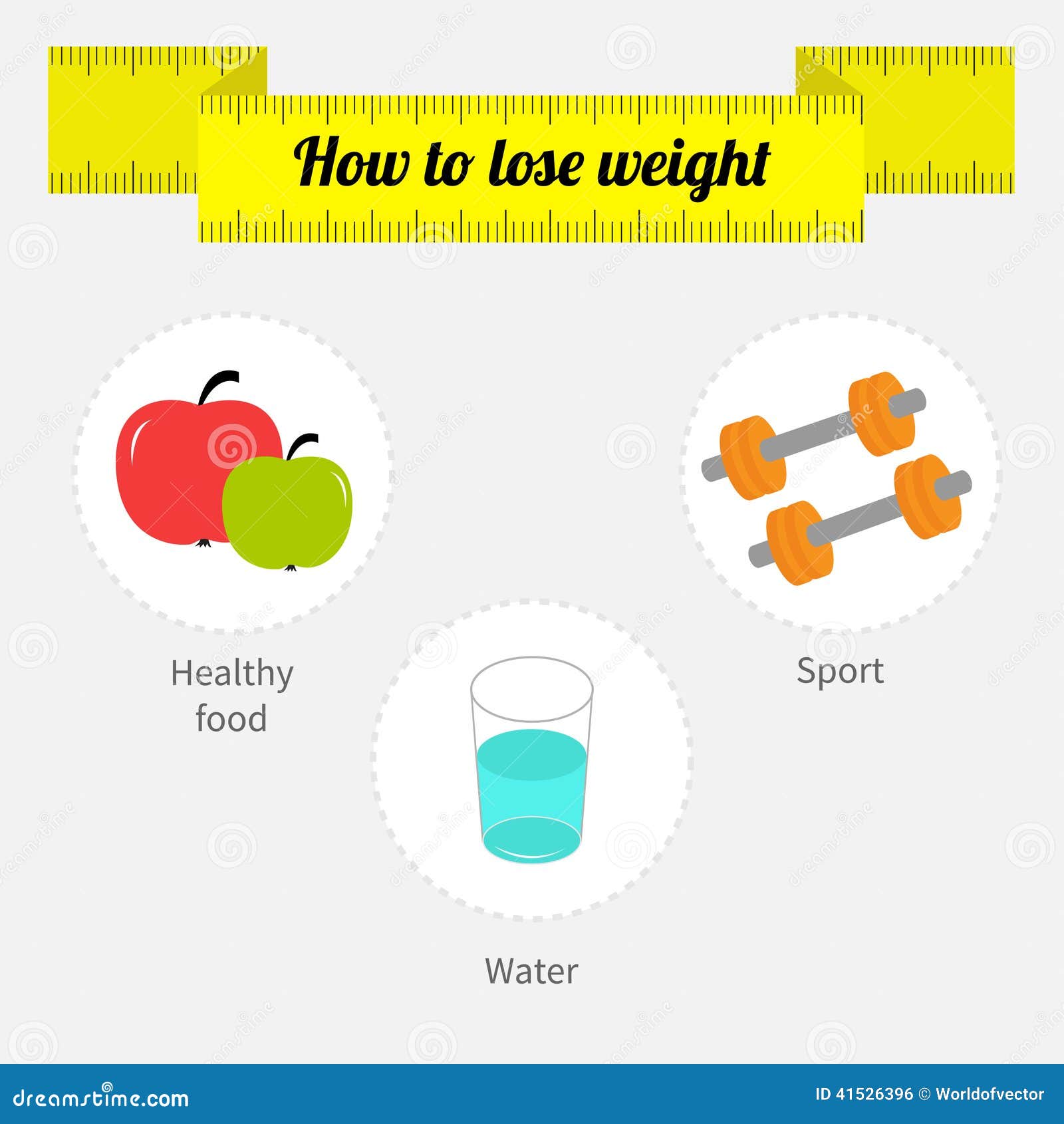Cold laser therapy is a non-invasive, pain-free treatment that helps reduce inflammation and improves cell regrowth. It is a secure alternative to invasive procedures and frequently has instant results.
Laser photons initiate a chain reaction of chemical reactions within the cell that minimize discomfort, swelling, and accelerate healing. It boosts blood flow to the location by generating vasodilation.
What to Expect
Cold laser therapy is a non-invasive treatment that utilizes low-level laser light to pass through deep right into injured tissues, activating cell feature on several degrees to advertise cells healing. This helps reduce pain and inflammation, while advertising contraction and regrowth.
Throughout a session, you'll rest or lie down conveniently and the professional will certainly note the areas on your body that need to be treated. The professional after that uses a small handheld gadget with the laser to the location. Throughout the therapy, you may really feel a minor prickling or heat in the location of your injury.
Prior to starting therapy, it's important to clean the area of your injury and remove any type of fashion jewelry or various other things that can hinder of the laser's path. It's additionally necessary to prevent any type of combustible products that could be in the area of the laser beam. This will certainly ensure your safety and the efficiency of the therapy.
Preparation
Cold laser treatment functions by beaming light on the surface of your skin. The light is absorbed by the top layer of your skin and then promotes the cells to create energy that promotes healing.
During the therapy, you might feel a warm or tingling sensation in the area that is being treated. This is completely regular, though you need to allow the expert recognize if the experience is awkward or also solid.
This therapy has a lot of promise for helping patients with terrible brain injury (TBI). The treatment is non-invasive and doesn't have any kind of unfavorable side effects. Nonetheless, even more research is required to figure out the optimal treatment method. The best means to figure out if you are a candidate for this sort of treatment is to seek advice from an experienced physiotherapist. They will certainly be able to help you identify if cold laser treatment is right for you.
The Therapy
When the specialist has properly placed you for therapy, they will then place the chilly laser device on the injured location. They might maintain it on for 30 secs or longer, depending upon the size of the injury and its sensitivity. They will certainly utilize protective safety glasses to make sure that the laser does not directly strike the eyes, and they will make sure that you are shielded from any type of glare that can occur.
You might feel a mild prickling sensation on the location that is being treated, yet it will not be undesirable or agonizing. This is an indication that the laser is functioning to promote the recovery process in the influenced cells.
Many individuals experience pain relief within a laser genesis treatment couple of sessions, with some seeing long lasting results even after several months of treatments. It is important to note that LLLT is not indicated as a single treatment for any kind of chronic pain problem and it need to be paired with other therapeutic strategies in order to achieve maximum results.
Post-Treatment
After you lie down or sit, the specialist will utilize a wand with a collection of light-emitting diodes to target your discomfort site. You will certainly wear safety eye safety glasses, and the laser may be hung on your skin for 30 to 60 seconds. You may really feel a mild, relaxing feeling throughout the treatment.
The photons from the laser permeate deep into your cells, triggering a recovery feedback on a mobile degree. Unlike other kinds of laser treatment, this low-intensity technique does not develop warm.
Some researches have shown that cool laser therapy is effective in dealing with a number of conditions, consisting of persistent discomfort and wounds. Nevertheless, it is much less commonly approved as a basic clinical method, and it isn't covered by several health insurance plans. Additionally, it is not suggested to be made use of over any kind of dubious cancerous lesions or cancers or on expectant females. You should always talk to your oncologist before seeking this kind of therapy.
